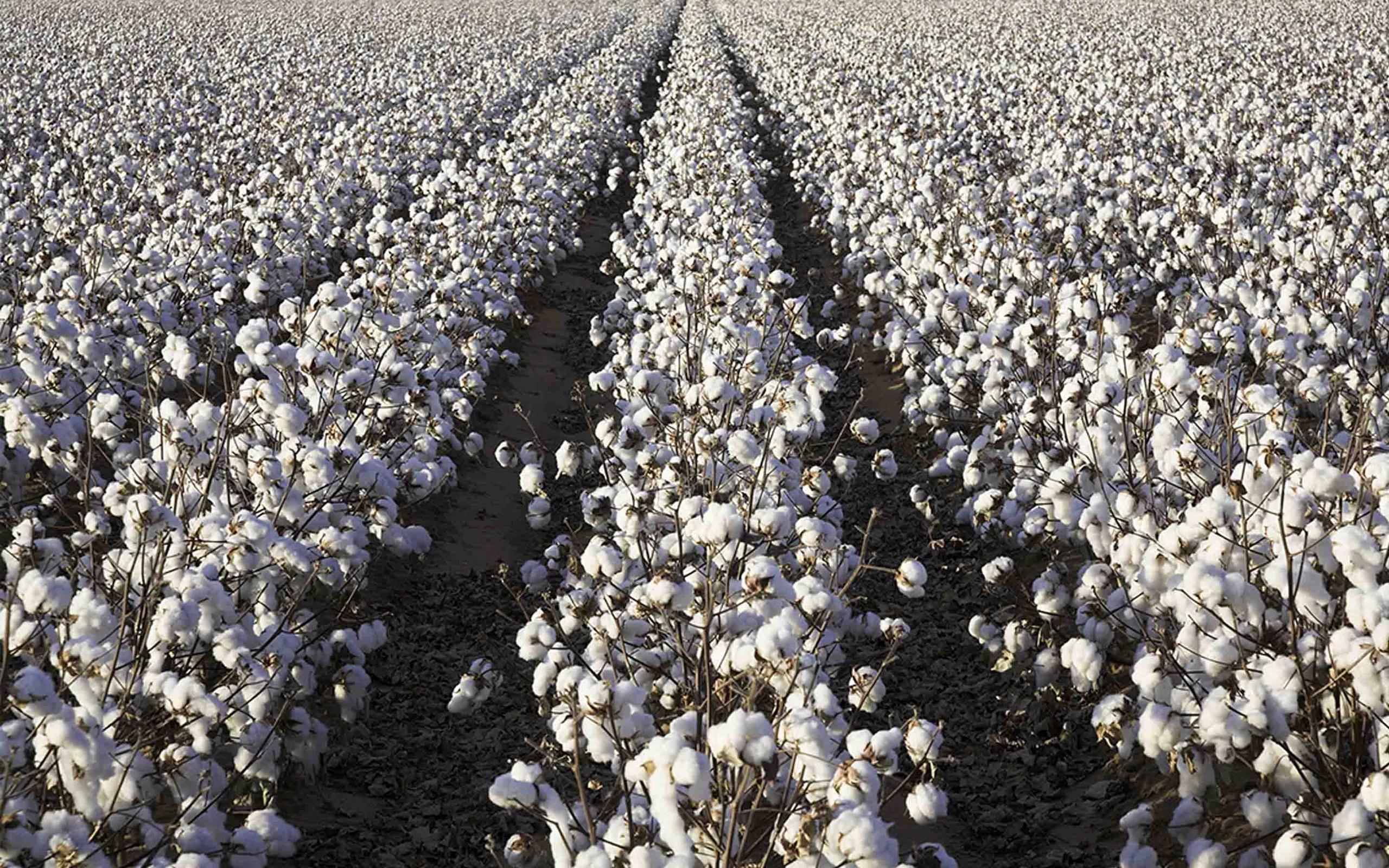Physical climate risk to cotton growing regions
From the shirts we wear to the towels we use and the sheets we sleep on, cotton affects all our daily lives. Cotton makes up around 31% of all fibre used in the textile sector globally and supports the livelihoods of almost 350 million people. But the future of this important fibre is uncertain.
The entire cotton value chain – from producers and processors to brands, retailers or traders – is facing increasing exposure to climate risks, including rising temperatures, changes to water availability and extreme weather events. At the same time, the sector itself can also contribute to climate change. To thrive in an increasingly climate-disrupted world, the cotton sector, and the wider textiles industry, require radical change which can only be achieved through sector-wide collaborative action to understand and adapt to the changing climate.
The resources on this website are designed to enable actors across the cotton industry to better understand the serious future challenges to cotton production, and inspire more ambitious action to reduce emissions and build the sector’s resilience.
Contact Hannah Cunneen (Forum for the Future) or Alastair Baglee (WTW) to find out more.





